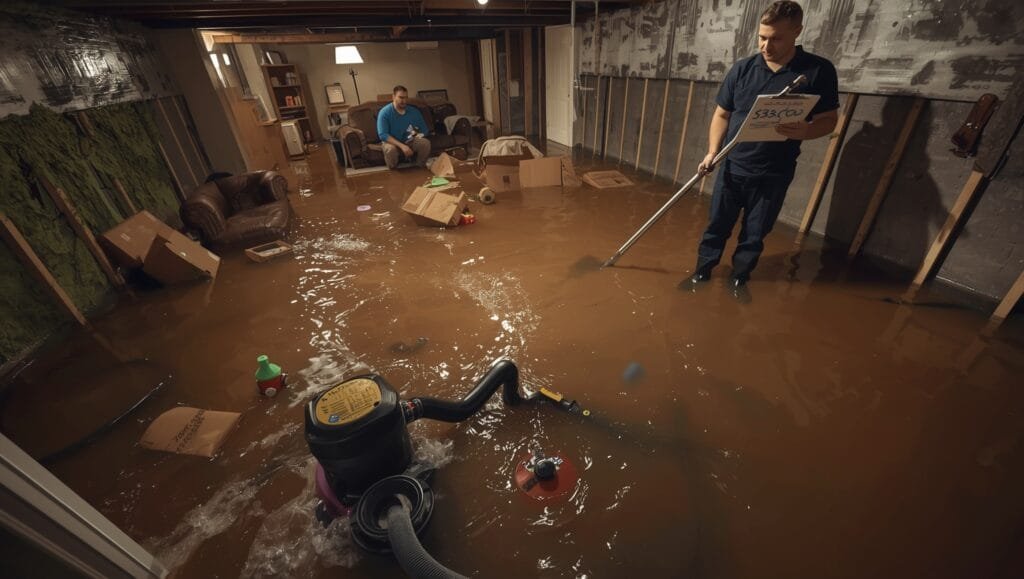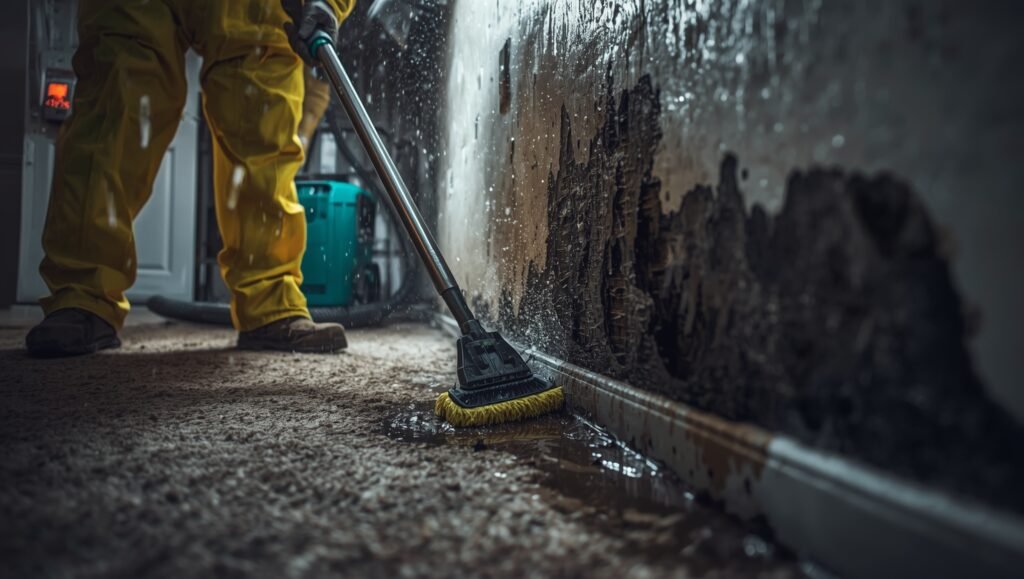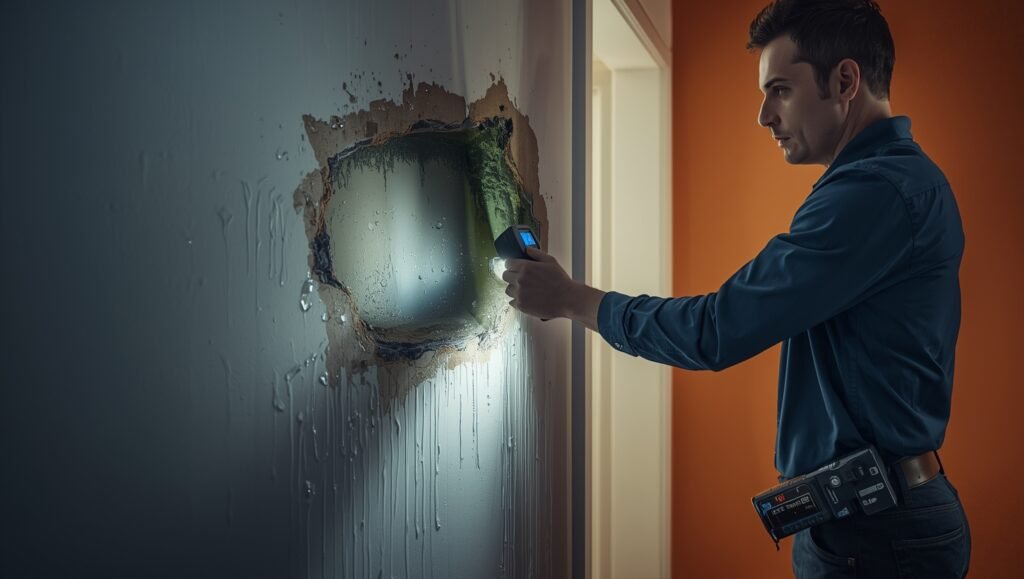Mold After Water Damage: The Silent Home Destroyer That Could Cost You Everything
$75,000. That’s what one Rochester homeowner paid because they waited a single day to address water damage. Mold isn’t just a fuzzy nuisance—it’s a potential financial nightmare that can devastate your home and health in less than 48 hours.
Water damage creates the perfect breeding ground for mold, turning your living space into a toxic ecosystem faster than you can imagine. Understanding how mold develops, spreads, and the critical steps to prevent it could save you thousands in potential repairs and protect your family’s health.
How Quickly Can Mold Grow After Water Damage?
Mold is like that uninvited guest who shows up within hours and refuses to leave. In optimal conditions—which water damage provides—mold can start growing in as little as 24-48 hours. Here’s the scary breakdown:
- 24 hours: Moisture attracts mold spores
- 48 hours: First visible mold colonies emerge
- 72 hours: Rapid exponential growth begins
Bottom line: Mold moves fast. Your response needs to be faster.
The Perfect Mold Growth Environment
Water damage creates a mold paradise. Think warm, damp spaces with poor ventilation—like your basement, attic, or that corner behind your washing machine. Mold needs three things to thrive:
- Moisture: From leaks, floods, or high humidity
- Organic Material: Wood, drywall, carpet fibers
- Warmth: Temperatures between 77-86°F
One Rochester homeowner learned this the hard way when a small pipe leak transformed their finished basement into a massive mold infestation. What started as a seemingly minor issue turned into a $25,000 remediation project.
Bottom line: Mold doesn’t need much—just a little moisture and the right conditions.
Health Risks: More Than Just an Eyesore
Mold isn’t just about property damage. It’s a serious health hazard that can trigger:
- Respiratory issues
- Allergic reactions
- Asthma attacks
- Skin irritations
- Potential long-term neurological problems
Children and elderly individuals are especially vulnerable. One local family discovered toxic black mold in their child’s bedroom, leading to chronic respiratory complications.
Bottom line: Mold can make you seriously sick—don’t underestimate its impact.
Types of Mold After Water Damage
Not all molds are created equal. After water damage, you might encounter:
- Stachybotrys (Black Mold): Most dangerous, toxic
- Aspergillus: Common indoor mold, multiple species
- Penicillium: Rapid spreader, often blue or green
- Alternaria: Frequently found in damp areas
Each type presents unique risks and requires specialized removal techniques.
Bottom line: Mold diversity means one-size-fits-all solutions don’t work.
Rochester’s Unique Mold Challenges
Living in Rochester, NY means dealing with high humidity and temperature fluctuations—a perfect storm for mold growth. Our local climate creates unique challenges for homeowners.
Walt Latuik, JetDry’s CEO, has seen countless Rochester homes transformed by water damage. “In 20 years, I’ve learned that quick, professional intervention is the difference between a minor repair and a total home restoration,” he says.
Bottom line: Rochester’s environment demands proactive mold prevention strategies.
Walt and his team have saved homes like yours for over 20 years. If you’re dealing with water, mold, or fire damage—don’t wait. Contact JetDry now and get help fast.









